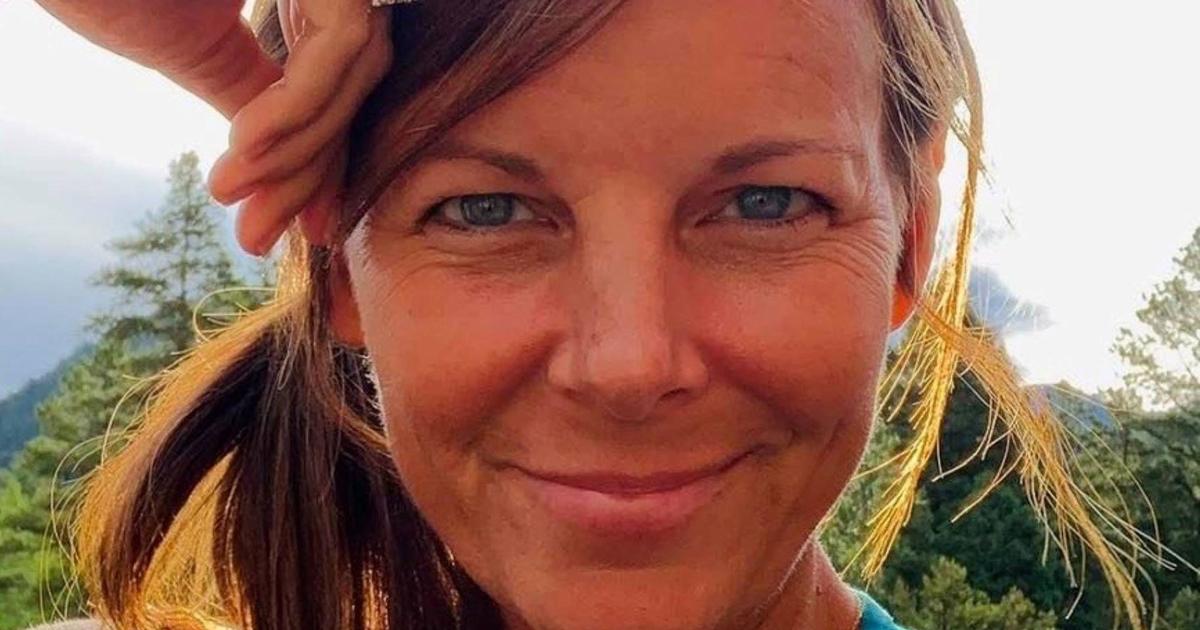NASA Explains Space Station's Checkerboard Photo
COOLIN, Idaho (CBS4) - More than a century ago, the U.S. government granted land to the Northern Pacific Railroad.
Today, those parcels have created a curious checkerboard formation photographed by International Space Station Expedition 50 astronauts.
So how did it happen?
NASA says that the railroad ultimately sold off the land, which oftentimes was used for logging.
"The white squares in the checkerboard show where snow has fallen on deforested ground - where trees have been removed (likely for logging). These patches alternate with dark brown-green squares of dense forest, where trees obscure the snow from the astronaut's view."
The photograph was taken before sunset on Jan. 4 in the Whiletail Butte area of the panhandle of Idaho, about two hours from the Canadian border, alongside the Priest River.
Each section is estimated to be about one-quarter-mile square, which is a method used for "maintaining the sustainability of forested tracts while still enabling logging companies to harvest trees."
While the river used to be used to transport logs, in 1968 it 'was added to a list of 'wild and scenic rivers' in order to preserve its 'outstanding natural, cultural, and recreational values in a free-flowing condition for the enjoyment of present and future generations.'"
The photograph was taken with an N6: Nikon D4 at a focal length of 1150mm.



